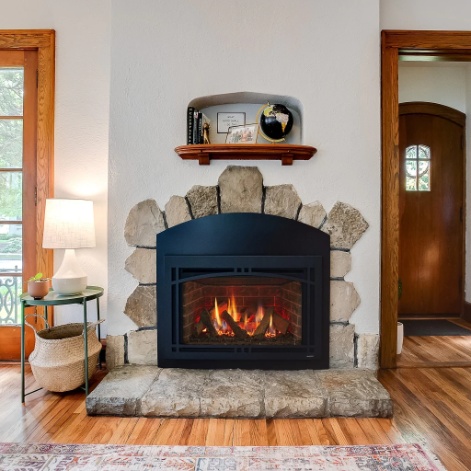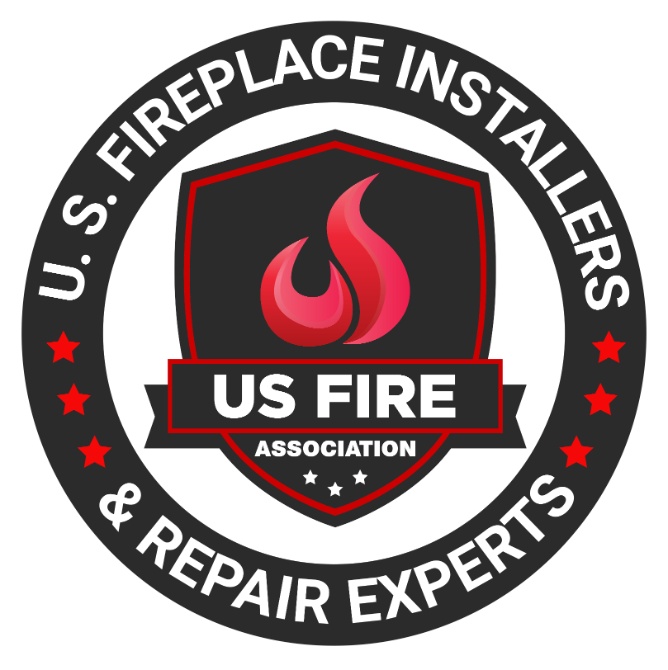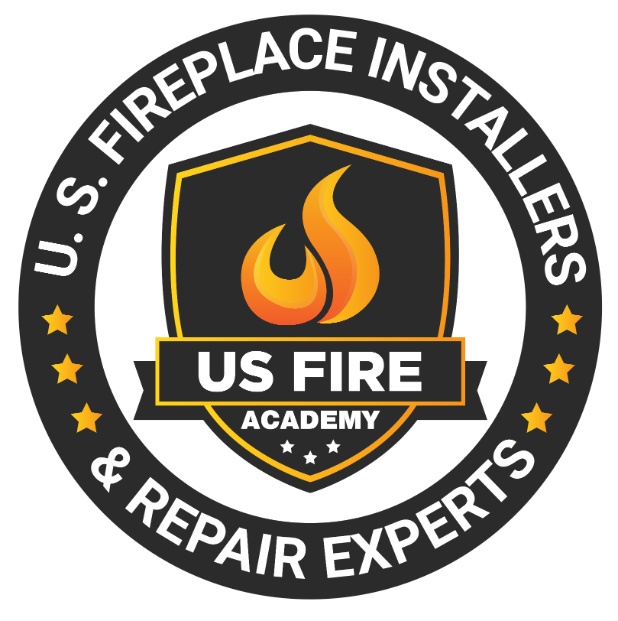Table of Contents
Do you want to learn how to light a fire in a large indoor fireplace like a pro? Read on!
This article provides guidance on gathering the necessary materials, selecting the right wood, and effectively lighting the fire.
So, get ready to create the perfect ambiance for a relaxing evening by the fire.
It’s time to get cozy by the fire this winter.
Preparing for a Fire
Ahead of lighting a fire in a large indoor fireplace like a pro, it is important to adequately prepare to ensure a safe and enjoyable experience.
This preparation process involves gathering the necessary materials, cleaning the fireplace and chimney, and opening the damper.
Keeping the fireplace and chimney clean is essential in preventing potential hazards like chimney fires and carbon monoxide buildup.
Removing any debris, soot, or creosote buildup from the fireplace and chimney improves airflow and lowers the risk of fire.
It is important to also check for any obstructions or blockages that may impede proper ventilation.
By following these safety measures and maintaining the cleanliness of your fireplace and chimney, you can enjoy your fireside moments with peace of mind.
Gather the Necessary Materials
To initiate a successful fire, gather essential materials like firewood, kindling, and tools such as a log holder, grate, firestarter, matches, and lighter.
Having the appropriate materials on hand enhances the process’s efficiency and smoothness.
Firewood plays a critical role in providing the foundation for the fire to develop and sustain itself.
Opting for dry and seasoned firewood is crucial as it burns more efficiently and generates less smoke.
Kindling, such as small twigs or newspaper, assists in igniting the fire swiftly and facilitates the transition to larger logs.
Utilizing a dependable firestarter, such as firewood shavings or paraffin wax cubes, guarantees a quick and consistent ignition.
Safety should be a top priority by maintaining a fire extinguisher close by, wearing heat-resistant gloves, and never leaving a fire unattended.
Adequate preparation and caution with fire-starting tools are essential for a successful and secure fire-building experience.
Clean the Fireplace and Chimney
Ensuring the cleanliness of the fireplace and chimney is essential for maintaining a safe and efficient fire.
The removal of soot, ash, and debris is necessary to maintain proper airflow and reduce the risk of chimney fires.
Tools like a poker and gloves can be utilized effectively for cleanliness maintenance.
Regular chimney maintenance also includes inspecting for any blockages or damage that could hinder the chimney’s operation.
Professionals often use specialized equipment such as chimney brushes and vacuums to clean hard-to-reach areas thoroughly.
Hiring a professional chimney sweep helps in early identification and prompt resolution of potential issues, preventing costly repairs in the future.
A professional touch ensures a more thorough cleaning, extending the lifespan of the fireplace and ensuring ongoing safety and efficiency.
Open the Damper
Before starting the fire, it is important to open the damper to allow proper airflow in the chimney.
This adjustment facilitates the creation of a draft that directs smoke outside and maintains efficient combustion inside the fireplace.
To open the damper effectively, locate the handle or knob typically found near the fireplace.
Pull it towards you to fully open the damper.
By adjusting the airflow using the damper, you can regulate the fire’s intensity and prevent excessive smoke from entering the room.
Adequate ventilation is essential for creating a cozy and comfortable atmosphere by ensuring efficient smoke escape, enhancing the overall fireplace experience.
Building the Fire
Creating a fire in a fireplace involves arranging wood, logs, and kindling in a specific way to ensure effective combustion and a successful ignition.
The technique used to stack these materials plays a crucial role in determining how the fire will burn.
Properly preparing the wood is essential for establishing a sustainable fire.
When stacking logs, it is important to build a stable base with larger pieces at the bottom and progressively smaller pieces on top.
This stacking method enhances airflow, supports consistent burning, and reduces the likelihood of smoldering.
Placing kindling strategically near the base of the stack aids in quickly igniting the fire.
By following these guidelines, one can create a well-prepared fire setup that maximizes heat output and minimizes waste.
Choose the Right Wood
Choosing the right wood for a fireplace is crucial for a successful fire.
Opt for seasoned firewood that is dry and well-aged to ensure a clean burn and efficient heat output.
Well-aged firewood possesses several key characteristics that make it optimal for fireplace use.
Seasoned wood has lower moisture content, making it easier to ignite and burn cleaner, resulting in reduced smoke and creosote buildup in the chimney.
When picking firewood, seek out logs that have been adequately dried for a minimum of six months to a year.
These logs will exhibit a darker color, sound hollow when struck together, and feel lighter compared to freshly cut wood.
The selection of appropriate firewood can significantly impact the performance and longevity of your fireplace.
Arrange the Wood in a Stack
Properly stacking wood and logs in a fireplace promotes efficient air circulation, which is crucial for maintaining a steady flame and heat output.
Ensuring adequate spacing between the materials allows for optimal combustion.
When arranging firewood, it is essential to start with a solid base of larger logs on the bottom to create a sturdy foundation for the rest of the stack.
As you build upward, intersperse smaller pieces and kindling to ensure consistent airflow throughout the pile.
Leaving spaces between the logs helps prevent them from smothering each other, leading to more effective burning.
Following these tips can help create a well-ventilated fire setup that maximizes heat production and minimizes smoke.
Add Kindling and Newspaper
The addition of kindling and newspaper at the base of the fire stack is helpful in igniting the initial flame, facilitating the gradual catching of firewood and logs.
The kindling functions as a catalyst for the development and spread of flames.
Newspaper plays a critical role in the fire-starting process by offering a fast-burning material to kickstart the flame.
When strategically layered with the kindling, the newspaper contributes to establishing a sustainable heat source that assists in transitioning the smaller flames to ignite the larger logs.
For an effective construction of a roaring fire, it is important to crumple the newspaper loosely to ensure proper airflow.
Then, arrange the kindling in a tepee-like structure on top of it.
This setup enables the flames to consistently grow and consume the larger fuel sources.
Use Fire Starters if Needed
When facing challenges in lighting a fire directly, using fire starters can be a practical solution.
Fire starters offer a convenient way to ignite the flame and effectively begin the fire-building process.
These tools are available in various forms, such as fire sticks, cubes, or gel.
To use fire starters efficiently, place them under the firewood and ignite them following the product’s instructions.
Once the flame ignites, gradually add more fuel to sustain the fire.
Alternatively, if fire starters are not available, natural materials like dried leaves, pine needles, or birch bark can be used to start the fire.
Understanding these alternative methods can be beneficial in outdoor settings where traditional lighting techniques may not be sufficient.
Lighting the Fire
After setting up the fire, the key to a smooth start and consistent flame lies in proper lighting.
Enhancing the ignition process can be achieved by using appropriate fireplace lighting techniques and tools such as a fireplace match or long lighter.
When using a fireplace match or long lighter, reaching the deep recesses of the fireplace becomes easier.
This facilitates the ignition of the firewood without any difficulty.
To light the fire effectively, it is recommended to hold the match or lighter close to the kindling while ensuring proper ventilation for airflow.
By gradually applying the flame to the base of the fire lay and moving it around to evenly ignite different areas, a consistent flame can be achieved.
This method helps the fire to build up steadily, creating a warm and welcoming ambiance in the living space.
Use a Fireplace Match or Long Lighter
Choosing an appropriate fireplace match or long lighter is important for safely starting a fire.
These tools add a professional touch to the ignition process and help ensure a controlled flame start.
Specialized lighting tools are crucial for creating a cozy atmosphere while reducing the risk of accidents.
By investing in high-quality fireplace matches or long lighters, individuals can easily ignite fires in their fireplaces, wood stoves, or outdoor fire pits.
The right tool guarantees a stable and safe flame, removing the need to resort to potentially dangerous alternatives.
Adopting a professional approach to lighting fires not only improves safety measures but also enhances the overall comfort and enjoyment of the experience.
Light the Paper or Fire Starter
When starting a fire, igniting the paper or fire starter at the base of the stack is the first step to allow the flame to spread through the wood and kindling effectively.
Ensuring that the spark catches properly is crucial for a successful start to the fire.
To create a spark for ignition, various tools such as a lighter, matches, or a flint and steel can be used.
Once the flame has ignited, it is important to add more wood and kindling carefully to maintain the intensity of the fire.
Monitoring the flame closely and adjusting the airflow by opening or closing vents can help sustain the initial fire for a longer period.
The use of dry and well-seasoned wood can also contribute to a stronger and longer-lasting flame.
Adjust the Damper and Flue
After lighting the fire, adjusting the damper and flue helps regulate the draft and airflow within the chimney.
Proper control of these mechanisms ensures efficient combustion and optimal heat output.
Adjusting the damper allows control over the amount of air entering the fireplace, impacting the fire’s intensity.
Conversely, manipulating the flue post-ignition guides the flow of smoke and gases up the chimney.
This prevents back-drafts and maintains a clear emission pathway.
By striking the right balance between the damper and flue settings, a steady, controlled burn can be achieved.
This generates consistent warmth with minimal smoke.
To uphold an ideal chimney environment, it is crucial to routinely inspect and clean these components to prevent obstructions or buildup that could impede airflow and draft control.
Maintaining and Enjoying the Fire
Once the fire is burning, ensuring its maintenance and safety is essential for a comfortable and enjoyable ambiance.
Adding more wood, using a fire screen, cleaning up ashes, and sitting back to relish the cozy fire are key steps in this phase.
Regularly checking the wood supply is crucial for keeping the fire going.
To maintain a steady and warm flame, add wood in small increments rather than large amounts at once.
The fire screen serves as a protective barrier, preventing sparks from escaping and ensuring a safe environment.
Remember to clean out the ashes regularly to optimize airflow and prevent any blockages.
Embracing the crackling sound and gentle warmth of the fire creates a serene atmosphere perfect for relaxation and unwinding after a long day.
Add More Wood as Needed
To maintain the fire, it is important to add more firewood and logs as needed to sustain the heat output and flame intensity.
Monitoring the fire regularly and adjusting the wood supply helps ensure a cozy and lasting fire experience.
This attentive maintenance of the fire not only ensures a warm ambiance but also plays a vital role in regulating the temperature for optimal comfort.
Logs are particularly effective in providing sustained heat because of their density and slow-burning properties.
By carefully observing the flame intensity and heat level, one can determine when additional wood is necessary to keep the fire burning steadily.
Properly managing the wood supply and maintaining a steady flow of logs will assist in preserving a consistent heat level and prolonging the enjoyment of a crackling fire.
Use a Fireplace Screen for Safety
Utilizing a fireplace screen improves safety by offering defense against sparks, embers, and unintended contact with the fire.
Placing a fire screen around the firebox guarantees a secure and hazard-free environment.
Aside from protecting your home and loved ones, a fireplace screen adds a touch of sophistication to your living space.
By confining airborne debris, it also aids in preserving the cleanliness of your surroundings.
Choosing the appropriate type of screen is vital; opt for a robust material like wrought iron or tempered glass to endure high temperatures.
Seek a design that complements your current decor while ensuring there are no openings through which sparks could emerge.
Properly sizing the screen to match your fireplace opening is crucial for optimal protection.
Clean Up Ashes and Debris
Ensuring a clean and safe fireplace environment involves cleaning up ashes and debris after enjoying a fire.
Using tools like an ashpan, poker, and tongs can help with efficient debris removal.
Proper post-fire cleanup is important for both the appearance of your fireplace and for preventing potential fire hazards.
Regular ash cleanup should be part of your maintenance routine to maintain the longevity and safety of your fireplace.
Plus, using tools like a poker and tongs, a sturdy ash vacuum can also be considered for thorough cleaning.
A clean fireplace not only adds value to your home but also contributes to a healthy indoor environment.
Sit Back and Enjoy the Cozy Fire
After the fire is established and maintained, take a moment to relax and appreciate the cozy ambiance and comforting heat it provides.
Enjoying the warmth and glow of the fire can enhance the overall experience.
Allow yourself to fully immerse in the crackling sounds and dancing flames of the fire.
Let your thoughts drift away as you absorb the peaceful atmosphere it creates.
To embrace the comfort and serenity of the moment fully, consider adding soothing background music or enjoying a cup of your favorite warm beverage.
By incorporating soft blankets or plush cushions, you can increase the coziness and make the entire setting even more inviting for a snug evening by the fire.
Frequently Asked Questions
1. How do I prepare the fireplace for lighting a fire like a pro?
To start, make sure the fireplace is clean and free of debris. Remove any ash from previous fires and check for any blockages in the chimney. You may also want to ensure that the damper is open to allow proper airflow.
2. What materials do I need to light a fire in a large indoor fireplace?
You will need kindling, such as small sticks or twigs, and larger pieces of firewood. It can also be helpful to have newspaper or fire starters to get the fire going.
3. What is the best technique for stacking the firewood in a large indoor fireplace?
The key to a good fire is proper airflow. Start by placing your kindling in the bottom of the fireplace, followed by a layer of larger logs. Then, stack the remaining firewood in a criss-cross pattern, leaving some space between the logs to allow for airflow.
4. Should I use artificial fire logs or natural wood for a better fire?
Natural wood is always the best option for a larger indoor fireplace. Artificial fire logs may produce more smoke and can be harder to control, resulting in a less efficient and less enjoyable fire experience.
5. How do I light the fire in a large indoor fireplace to ensure it burns evenly?
Start by placing a few pieces of crumpled newspaper or a fire starter in the bottom of the fireplace. Then, stack your kindling and larger logs on top. Use a long lighter or matches to light the newspaper or fire starter at the bottom, igniting the rest of the wood. This will help the fire to spread evenly throughout the fireplace.
6. What can I do to make sure my fire stays lit for a longer period of time?
Avoid adding too much wood at once, as this can smother the fire. Instead, add a few pieces at a time as needed. Also, make sure the fireplace has proper ventilation to allow for a steady supply of oxygen. Finally, avoid using damp or green wood, as it can be harder to ignite and will burn less efficiently.
7. How often should I clean my fireplace and chimney?
It is recommended to clean your fireplace and chimney at least once a year to prevent soot and creosote buildup, which can lead to fire hazards.
8. What type of firewood should I use for an indoor fireplace?
Use seasoned, dry firewood for the best results. It burns more efficiently and produces less smoke compared to green or damp wood.
9. How can I improve the airflow in my fireplace?
Make sure to open the damper fully before lighting the fire and avoid overcrowding the logs, which can restrict airflow. Additionally, stacking the wood properly can help improve airflow.
10. Is it safe to leave a fire unattended?
No, it is not safe to leave a fire unattended. Always monitor the fire, and ensure it is completely extinguished before leaving the room or going to bed.
Latest Articles

What Is An NG (Natural Gas) Indicator And Why You Need It For Your Fireplace
Table of Contents1 Understanding Natural Gas Fireplaces2 What is an NG Indicator?3 Importance of NG Indicators for Safety4 Types of NG Indicators5 Installation and Maintenance of NG Indicators6 Signs of a Faulty NG Indicator7 Frequently Asked Questions Natural gas fireplaces are a favored option among numerous homeowners due to their convenience and effectiveness. But, what is an NG (Natural Gas) indicator and why you need it for your fireplace? It is imperative to comprehend how they function and the significance of having an NG (Natural Gas) indicator for safety purposes. This article delves into the definition and significance of NG indicators. We will discuss the potential hazards associated with the absence of one and the various types of indicators accessible. Also, we will discuss installation and maintenance recommendations, and methods to recognize and rectify issues with malfunctioning indicators. Stay well-informed and ensure the safety of your home by referring to this exhaustive guide. Understanding Natural Gas Fireplaces Natural gas fireplaces serve as an efficient and convenient heating option for numerous households. They utilize natural gas as a fuel source to deliver consistent warmth and ambiance. How They Work and Why They Need NG Indicators The operation of natural gas fireplaces involves igniting natural gas to generate heat. This process requires diligent monitoring to ensure both safety and efficiency, a task facilitated by the use of NG indicators. NG indicators play a critical role in detecting potential gas leaks. They enable residents to promptly address and mitigate any associated hazards. Through continuous monitoring of gas levels and providing timely warnings and alerts, NG indicators uphold a secure indoor environment. It is imperative to ensure that these indicators function properly to facilitate the effective operation of natural gas fireplaces. This helps mitigate the inherent risks linked to gas leaks. What is an NG Indicator? An NG indicator is a specialized device equipped with advanced sensors and technology. It is specifically designed to detect natural gas leaks and monitor gas pressure in appliances, such as fireplaces. Definition and Purpose The NG indicator functions as a detector that monitors gas appliances for potential leaks. It provides essential functionality to ensure safety in households utilizing natural gas. These detectors play a crucial role in protecting residences by notifying occupants of dangerous gas leaks long before they escalate into perilous situations. Through continuous monitoring of gas levels in the vicinity, NG indicators offer an additional layer of protection. This is particularly important in properties that rely on gas-operated fireplaces or stoves. These devices not only help avert potential disasters but also enhance the overall peace of mind of homeowners. They assure them that their living spaces are equipped with reliable safety features. Importance of NG Indicators for Safety Natural gas indicators are essential for maintaining safety in households equipped with natural gas appliances. These devices serve as a proactive measure to promptly detect gas leaks. This offers homeowners a sense of security and assurance. Potential Dangers of Not Having an NG Indicator The absence of an NG indicator in residences equipped with natural gas appliances can pose significant hazards. This includes the risk of undetected gas leaks , carbon monoxide poisoning , and pilot outages that may lead to dangerous situations. These potential risks can profoundly impact indoor air quality. They directly influence the health and safety of individuals residing in the household. Undetected gas leaks can go unnoticed, gradually permeating the air and creating a potentially explosive environment. Insufficient ventilation from undetected exposure to carbon monoxide can lead to serious health complications. These range from mild symptoms such as dizziness to fatal poisoning. Without proper monitoring from an NG indicator, families are left susceptible to these concealed threats. This underscores the critical importance of implementing proactive measures to mitigate such risks. Types of NG Indicators Indicators for Natural Gas (NG) are available in diverse types. Each presents distinct detection capabilities tailored to specific requirements, encompassing both manual and automated alternatives. Manual vs. Automatic Indicators Manual NG indicators require user intervention for monitoring gas levels and identifying leaks. On the other hand, automatic indicators employ sophisticated technology to deliver continuous, real-time monitoring. This heightened efficiency and oversight enhance safety protocols. Conventional manual indicators rely on individuals to physically inspect and evaluate gas levels periodically. This renders them more susceptible to human errors. Conversely, automatic indicators feature sensors capable of promptly detecting even the most minute fluctuations in gas levels. This establishes a more dependable and precise monitoring mechanism. Automatic indicators can activate alerts and shut-off systems upon detecting a leak. This ensures immediate action to avert potential hazards. This advanced technology enhances safety protocols and instills a sense of command and assurance among users. Installation and Maintenance of NG Indicators The reliable and accurate performance of NG indicators necessitates proper installation and consistent maintenance. This often entails professional installation and adherence to recommended service guidelines. Proper Installation and Regular Maintenance Tips The proper installation of NG indicators involves adhering to the specifications in the user manual. Maintenance protocols entail strict adherence to a predetermined maintenance schedule to ensure sustained operational efficiency. During the installation phase, it is imperative to verify that the NG indicators are securely affixed in the designated location as stipulated by the manufacturer. Crucial steps include confirming power source compatibility and ensuring proper grounding of the device to optimize performance. Calibration of the indicator must be executed meticulously to ensure precise readings. Regarding maintenance, essential practices include regular inspection for signs of wear, thorough cleaning of the indicator components, and routine functionality tests. By allocating time to a consistent maintenance regimen, the NG indicator can operate with optimal efficiency over an extended duration. Signs of a Faulty NG Indicator Recognizing indicators of a malfunctioning NG indicator is essential for upholding safety and performance standards. Inaccuracies and detection issues can undermine the efficacy of these devices. Identifying and Addressing Issues The process of identifying and addressing issues related to NG (natural gas) indicators requires a systematic troubleshooting approach. This ensures their optimal performance

What You Need To Know About Gas Log Set Safety And Installation Considerations
Table of Contents1 Understanding Gas Log Sets2 Safety Considerations for Gas Log Sets3 Installation Guidelines for Gas Log Sets4 Maintaining and Troubleshooting Gas Log Sets5 Frequently Asked Questions Gas log sets are a favored option among homeowners seeking to enjoy the comfort and atmosphere of a conventional fireplace without the inconvenience of wood. This article tells you what you need to know about gas log set safety and installation considerations. Before incorporating one into your residence, it is imperative to understand the safety considerations associated with their use. This discussion delves into the potential hazards linked with gas log sets. It presents crucial precautions to uphold the safety of your home. Also, it outlines proper installation procedures and offers insight into common errors to avoid. Finally, it provides advice on maintenance and troubleshooting. Gain comprehensive knowledge on gas log set safety and installation considerations. Understanding Gas Log Sets Comprehending gas log sets is essential for individuals seeking to elevate their fireplace experience, and for gas lag set safety and installation. These heating appliances can operate on either natural gas or propane. In addition, they are available in a range of styles, including vented, ventless, and vent-free options. They provide an array of benefits and customization opportunities through various fireplace accessories. What are Gas Log Sets? Gas log sets are meticulously crafted artificial logs. They are designed to imitate the appearance and functionality of authentic wood logs within fireplaces. These gas log sets typically consist of ceramic or refractory concrete logs that have been skillfully molded and painted. This allows them to replicate the natural grain and texture of real wood. The logs are arranged in various configurations within the fireplace. They establish a realistic and welcoming ambiance. In addition to the logs, gas log sets often include fireplace accessories such as glowing embers. Accessories also include decorative stones, and even pine cones to enhance the overall aesthetic appeal. Homeowners can select from an array of placement options. These include traditional wood stack, cascading driftwood, or a contemporary geometric arrangement. Homeowners can align their preferred style and design preferences. Safety Considerations for Gas Log Sets Safety considerations for gas log sets are of utmost importance to guarantee a secure and pleasant fireplace experience. It is essential to address potential hazards such as carbon monoxide exposure, gas leaks, and fire safety to maintain a safe environment for homeowners. Potential Hazards and Precautions Gas log sets come with potential hazards that must be taken seriously, including the risks of gas leaks, carbon monoxide poisoning, and fire incidents. It is imperative to establish and adhere to rigorous safety measures to ensure the well-being of individuals and properties involved in the use of gas log sets. Gas leaks represent a significant hazard when utilizing gas log sets. They can result in the accumulation of combustible gas within the premises, heightening the possibility of explosions or fires. Carbon monoxide, an insidious gas generated during incomplete combustion, poses a grave threat due to its colorless and odorless nature, making it undetectable without proper monitoring. To address these risks effectively, it is vital to install carbon monoxide detectors and gas leak sensors in the vicinity of the gas logs. Routine maintenance checks on the gas log system, including cleaning and inspection procedures, are critical to ensure safe operations and the prompt identification of potential issues. In case of a gas leak or suspected presence of carbon monoxide, immediate evacuation of the affected area is paramount, followed by prompt contact with emergency services. Recognizing the distinct odor of rotten eggs associated with natural gas can serve as an early warning sign, prompting swift actions to avert any potential accidents. Installation Guidelines for Gas Log Sets The installation of a gas log set necessitates meticulous planning and strict adherence to specific guidelines. This includes verifying a secure gas connection, ensuring proper gas lines are in place, and complying with local building codes. Often, the complexity of these requirements may require the expertise of a certified technician. Proper Installation Techniques The appropriate installation procedures for gas log sets involve the secure connection of gas lines, meticulous adherence to installation manuals, and strict compliance with local building codes. It is imperative to prioritize the guarantee of secure gas connections to avert leaks and potential safety hazards. During the installation of gas log sets, utilizing suitable sealants and fittings is essential to establish a tightly sealed connection. The correct installation of gas lines is critical for both the safety and operational efficacy of the gas log set. Reference to the installation manual is highly advisable for detailed, step-by-step guidance to prevent inaccuracies and ensure the successful establishment of the gas log set. Consistently adhering to building codes and regulations upholds safety standards. Seeking guidance and confirmation from a certified technician before and after installation can offer invaluable support and assurance throughout the process. Common Installation Mistakes to Avoid It is imperative to avoid common installation errors to ensure the secure and effective operation of gas log sets. This includes verifying proper gas connections and compliance with building codes. Improper gas connections can result in leaks and potential hazards, underscoring the importance of verifying the tightness and correct alignment of all fittings. Failure to adhere to building codes can lead to structural complications, penalties for non-compliance, or even safety concerns. To prevent these oversights, it is advised to consult the manufacturer’s installation guidelines and strictly adhere to local regulations. Engaging a certified technician for the installation of gas log sets guarantees that the procedure is carried out accurately and securely. This provides assurance that the system is functioning as intended. Maintaining and Troubleshooting Gas Log Sets Regular maintenance and troubleshooting of gas log sets are imperative to uphold their optimal performance and safety. This includes thorough examination of the pilot light, pilot assembly, and other gas appliances to preserve heating efficiency and promptly resolve any arising issues. Tips for Maintenance and Repair Ensuring the proper maintenance of your gas log set necessitates conducting

Key Considerations For Using Compressed Liquid Propane In Fireplace Installation
Table of Contents1 What is Compressed Liquid Propane?2 Benefits of Using Compressed Liquid Propane in Fireplaces3 Safety Precautions for Installing Compressed Liquid Propane Fireplaces4 Installation Process for Compressed Liquid Propane Fireplaces5 Maintenance and Care for Compressed Liquid Propane Fireplaces6 Alternative Fuel Options for Fireplaces7 Frequently Asked Questions If you are contemplating the use of compressed liquid propane in your fireplace installation, this discussion will delve into the advantages of adopting this alternative fuel option. These benefits include enhanced efficiency, cost savings, and important safety precautions to consider. Furthermore, a detailed step-by-step guide on the installation process will be provided, along with recommendations for maintenance and care. A comparison of various fuel options for fireplaces will also be conducted to assist you in making an informed decision. We encourage you to stay engaged to gain insights into optimizing your fireplace’s capabilities with compressed liquid propane. What is Compressed Liquid Propane? Compressed Liquid Propane is a versatile energy source contained in a high-pressure propane tank. It finds extensive utility in both residential and commercial settings, prominently including fireplaces. Recognized for its convenience and efficiency, Compressed Liquid Propane emerges as a favored option for heating residential spaces and facilitating culinary pursuits across various environments. Additionally, it serves as a viable fuel substitute in vehicular contexts, portable cooktops, and outdoor grilling scenarios due to its propensity for clean combustion. The attribute of portability, coupled with ease of storage, positions Compressed Liquid Propane as an optimal energy source for individuals residing off the conventional grid. It is also great for engaging in outdoor activities such as camping and recreational vehicle (RV) travel. Moreover, the high energy density inherent to Compressed Liquid Propane renders it a dependable choice for sustaining generators during instances of power disruptions. Benefits of Using Compressed Liquid Propane in Fireplaces Utilizing Compressed Liquid Propane for fireplace installation presents several benefits. These include enhanced fuel efficiency, convenience, cost-effectiveness, and a favorable environmental footprint. These attributes render it a recommended option for heating solutions, applicable to both on-grid and off-grid settings. Efficiency and Cost Savings The utilization of Compressed Liquid Propane in fireplaces offers significant advantages, notably in terms of high fuel efficiency and cost-effectiveness. These attributes are underscored by the exceptional BTU rating and overall heating efficiency of Compressed Liquid Propane. The elevated fuel efficiency exhibited by Compressed Liquid Propane fireplaces necessitates less fuel to generate the same level of heat compared to traditional wood-burning fireplaces or electric heating systems. Consequently, homeowners can realize cost savings on their heating expenditures over an extended period. Moreover, the clean-burning characteristics of propane minimize maintenance costs linked to soot and ash cleanup. This further enhances the cost-effectiveness of employing propane fireplaces. Safety Precautions for Installing Compressed Liquid Propane Fireplaces Ensuring safety is of utmost importance during the installation of Compressed Liquid Propane fireplaces. This requires strict adherence to safety regulations, meticulous attention to proper ventilation requirements, careful control of ignition sources, and the incorporation of carbon monoxide and gas leak detection systems. Important Safety Measures Essential safety protocols for the installation of Compressed Liquid Propane fireplaces encompass adherence to fire safety regulations. Engaging in professional assessments and employing sophisticated gas leak and carbon monoxide detection mechanisms is crucial. Professional evaluations play a critical role in identifying any prospective hazards or irregularities within the fireplace infrastructure. These assessments are vital in ensuring the operational integrity of all components and compliance with safety protocols. Routine inspections serve to forestall potential fire incidents, gas discharges, or carbon monoxide emissions that could pose significant threats to both the property and individuals in the vicinity. The utilization of advanced gas leak and carbon monoxide detection systems serves as an additional safeguard by promptly notifying occupants of any elevated levels of these hazardous gases. Installation Process for Compressed Liquid Propane Fireplaces The installation procedure for Compressed Liquid Propane fireplaces encompasses several critical steps. These include: Adhering to installation guidelines Correctly positioning the propane tank Ensuring precise gas line installation Optimizing heat output Monitoring pressure regulation Establishing the pilot light Step-by-Step Guide The installation process of Compressed Liquid Propane fireplaces involves a systematic approach. This begins with the construction of the firebox, followed by the installation of the gas control valve, setup of the ignition system, design of the flue, and verification of a suitable combustion air supply. The construction of the firebox assumes critical importance as it serves as the foundation of the fireplace structure. It securely holds the combustible materials in place. Subsequently, the gas control valve plays a key role in managing the propane flow, guaranteeing safe and efficient operation. The installation of the ignition system facilitates convenient and reliable fire initiation. Designing the flue is a necessary step to direct exhaust gases outside, thus preventing their accumulation indoors. Moreover, ensuring a proper combustion air supply is essential to sustain optimal burning conditions and enhance fuel consumption efficiency. Each component contributes significantly to the functionality and safety of the fireplace installation process. This underscores the importance of meticulous attention to detail and adherence to established protocols. Maintenance and Care for Compressed Liquid Propane Fireplaces Consistent maintenance and attention to Compressed Liquid Propane fireplaces are imperative to guarantee their optimal functionality. This includes adherence to prescribed maintenance protocols, regular chimney upkeep, prevention of soot accumulation, and scheduling of routine propane deliveries and professional inspections. Tips for Keeping Your Fireplace in Good Condition For the maintenance of your Compressed Liquid Propane fireplace, it is essential to conduct regular checks on ignition sources. Monitor flame appearance, clean the gas burner and pilot assembly, and verify the correct operation of the safety shut-off valve. The inspection of ignition sources requires a detailed examination of the electronic igniter. This helps identify any signs of damage or corrosion and ensures proper sparking upon activation. Monitoring flame appearance involves observing a consistent blue flame with minimal flickering, which signifies efficient combustion. Cleaning the gas burner and pilot assembly can be performed using a soft brush or compressed air to eliminate any dirt or debris that may
